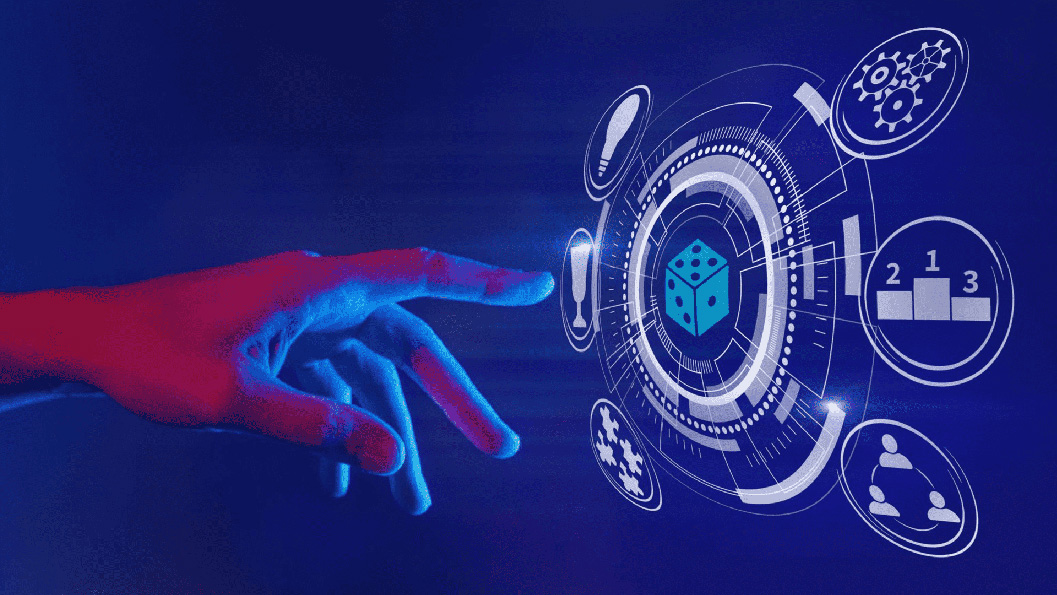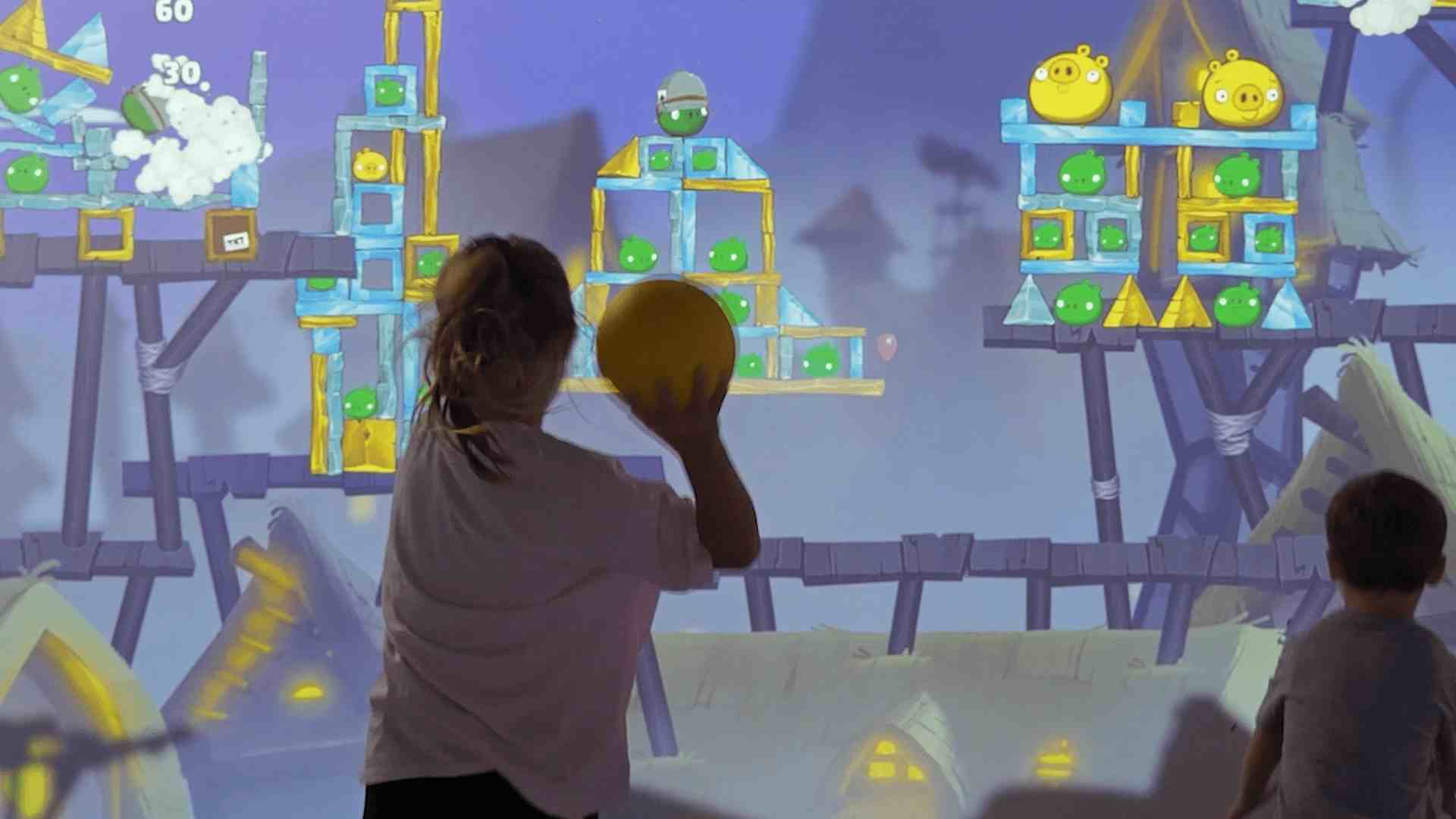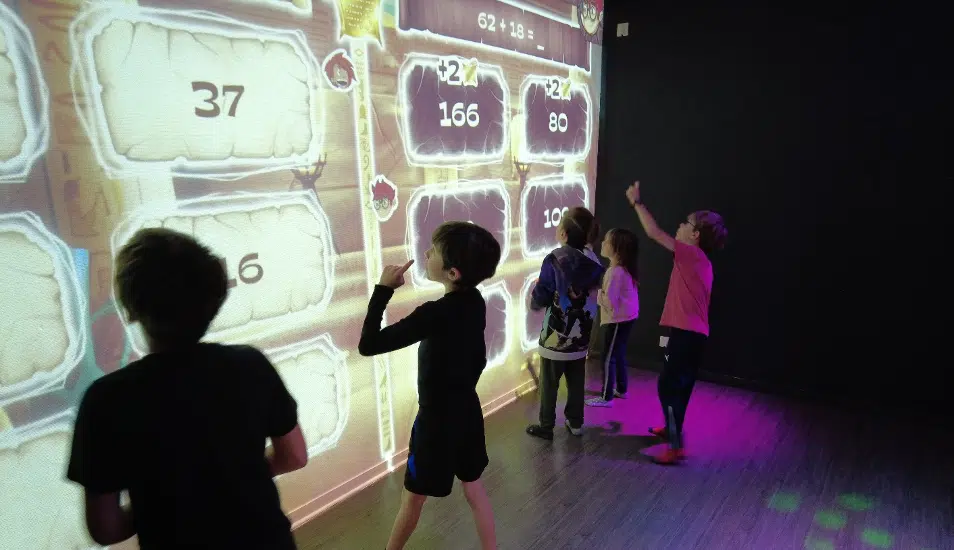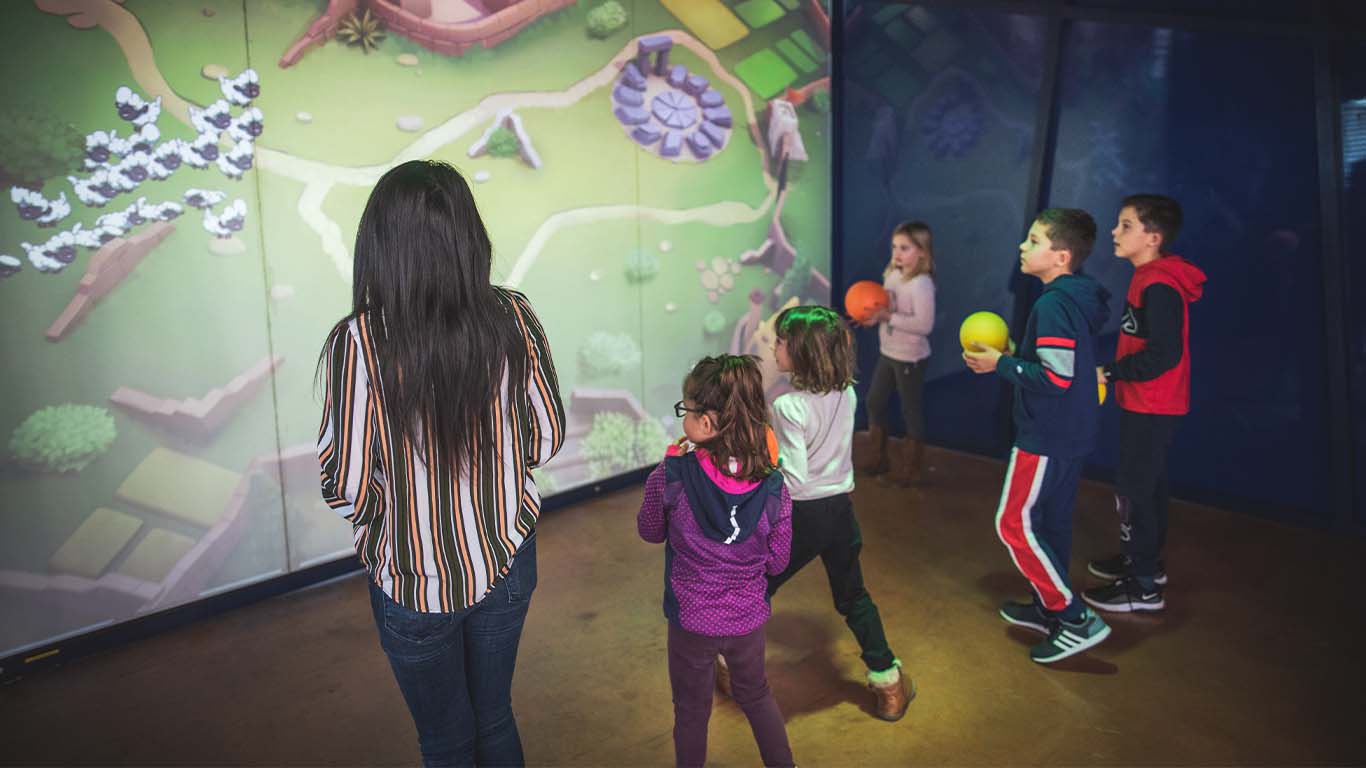Accueil » News » Understanding gamification: definition, principles, and applications for businesses
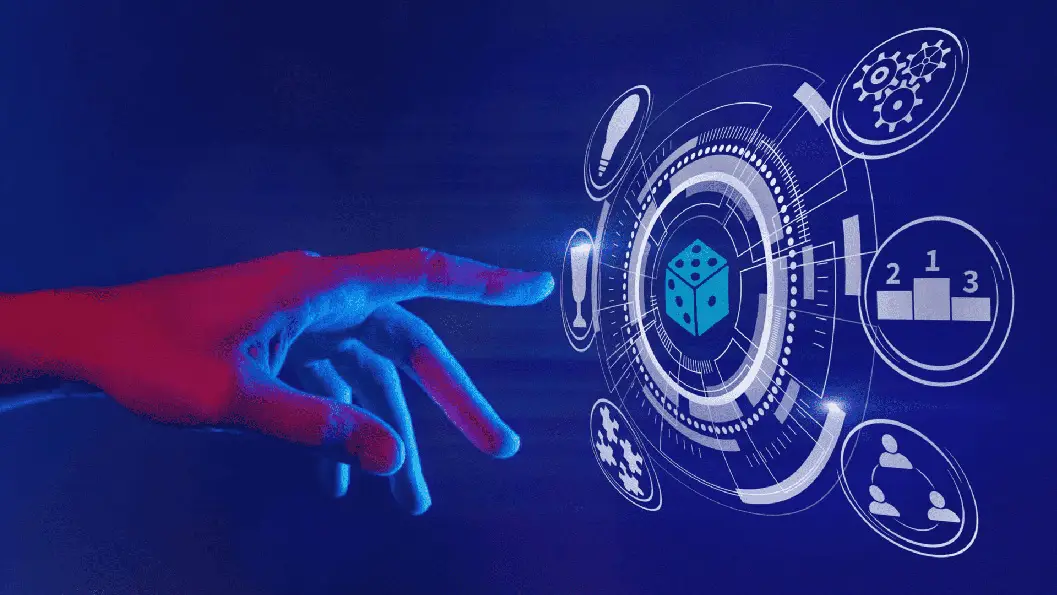
Gamification is a concept that has become widespread across various sectors in recent years. By integrating game mechanics into non-gaming contexts, it transforms user engagement, whether in education, marketing, or business.
If you’re curious about this phenomenon and how it can benefit your organisation, this article provides a detailed explanation of gamification principles, its advantages in different fields, and how you can integrate it into your activities.
What is gamification?
Gamification involves integrating game elements into non-gaming situations to boost user engagement, motivation, and participation. The basic principles of gamification include mechanisms such as rewards, levels, badges, leaderboards, and challenges. These elements, derived from the world of video games, are applied in various contexts to make the experience more immersive, interactive, and engaging.
In the context of gamification, the goal is to encourage users to engage in activities while making them fun. By adding a playful aspect to an activity that is initially serious or mundane, businesses succeed in capturing the attention of their customers or employees and maintaining their engagement over the long term.
Origins and evolution of gamification: game-based mechanics.
The history of gamification truly begins with the rise of video games and the use of game mechanics to attract and retain user attention. In the 2000s, video games demonstrated the effectiveness of competition, rewards, and achievement in engaging players. As technology advanced, these elements were extracted from the world of video games and applied to other sectors. Marketing, healthcare, education, and human resources quickly adopted gamification to improve participation and engagement within their audiences.
A study by Gartner revealed that 70% of medium and large-sized companies in 2023 had integrated gamification into their marketing or HR processes. This widespread adoption is driven by the proven effectiveness of gamification in increasing engagement and productivity.
For example, at NeoXperiences, we utilise the concept of gamification through the technology of the interactive wall, which allows us to create interactive and immersive experiences in gaming, education, and sports.
The benefits of gamification in different sectors
Gamification is not a phenomenon reserved for a specific sector. It spans across various fields, bringing significant benefits both for users and businesses.
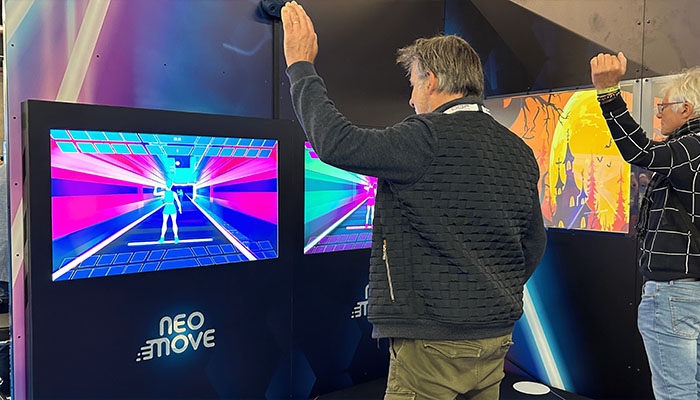
When gamification meets education
Dans le domaine éducatif, l’impact de la gamification est particulièrement notable. On parle même d’edutainment. Selon une étude menée par New Media Consortium, les environnements d’apprentissage gamifiés augmentent de 34% l’engagement des étudiants par rapport aux méthodes traditionnelles d’enseignement. Les badges, classements et récompenses encouragent les élèves à rester motivés et à accomplir leurs objectifs d’apprentissage.
Un exemple classique est celui des serious games utilisés dans les écoles et les universités. Ces jeux, conçus pour enseigner tout en divertissant, sont de plus en plus populaires. Des applications comme Duolingo, qui permet d’apprendre des langues en jouant, ont transformé l’apprentissage en une activité plus ludique et efficace.
When gamification meets sports
Gamification in sports is also very common, especially in fitness apps. This is referred to as sportainment. Platforms like Nike+, Strava, and Fitbit use game elements to motivate their users. For example, challenges are set for participants, allowing them to compare their performance with other users through leaderboards. A study by Harvard Business Review shows that users who participate in gamified challenges increase their physical activity by an average of 27%.
Interactive walls and interactive sports games, such as those developed by NeoXperiences, offer more immersive and engaging experiences for sports enthusiasts.
Gamification in business: boosting employee engagement
Businesses have recognised the importance of gamification in boosting employee engagement. A study by Gallup reveals that only 15% of employees worldwide are truly engaged in their work, leading to decreased productivity. Implementing gamification in talent management platforms or training programmes has shown that employees motivated by rewards and progression goals are 48% more productive.
Companies like Salesforce use gamification to encourage employees to reach their business goals. Teams can earn badges, points, and even reward trips for their performance, creating a more dynamic work environment.
Gamification dans le marketing : créer des expériences uniques
In marketing, gamification helps to strengthen customer loyalty while increasing interaction. A prime example is Starbucks, which integrated a gamified rewards system into its loyalty programme. According to a study by Loyalty360, customers participating in gamified loyalty programmes spend 47% more per visit than those who do not participate in these programmes.
Dynamic displays and gamified interactive installations, such as interactive walls, are increasingly used at events or in stores. These setups offer a personalised experience to customers, creating a stronger connection with the brand. For example, an interactive wall might feature live games where participants can win rewards or promotions in real-time, thus enhancing visitor engagement.
Learn more by reading our dedicated article on marketing gamification.
How to integrate gamification into your business?
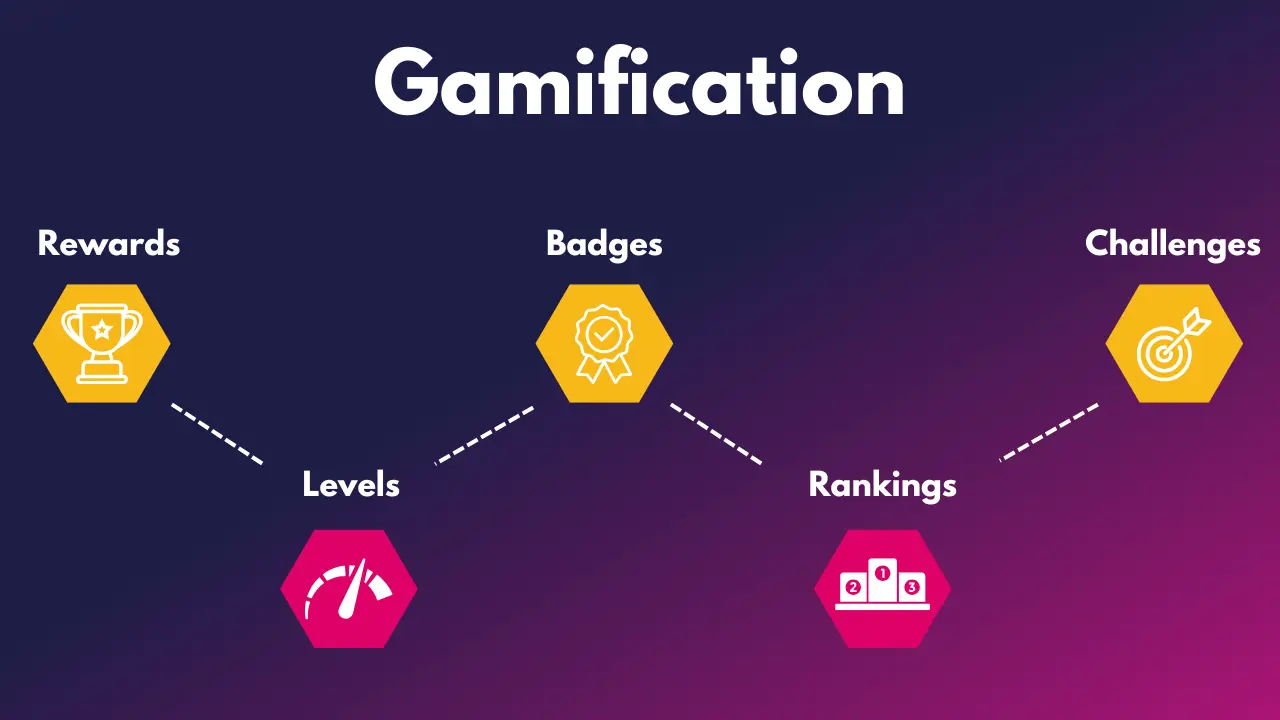
Integrating gamification into a business depends on the goals, target audience, and available resources. Here are some steps to successfully integrate gamification into your organisation.
Identify goals and target audience
Before launching a gamification strategy, it’s essential to clearly understand your goals. Are you looking to boost user engagement, improve employee training, enhance customer loyalty, or encourage the purchase of products/services?
Once the goals are clear, you also need to identify the target audience (children, adults, employees, customers) in order to choose the most suitable game mechanics.
Choose the appropriate game mechanics
Game mechanics are varied and should be chosen based on the goals and target audience. Elements like badges, rewards, leaderboards, challenges, or levels are used to encourage participation and goal achievement. The use of interactive technologies, such as interactive walls or gamified mobile apps, can enhance the experience and strengthen engagement.
Measure and analyse the results
It is crucial to track the results of your gamification efforts. Use analytics tools to assess the impact of your strategy on user engagement, employee performance, or sales. Measuring the results will allow you to adjust your game mechanics to make them even more effective.
Examples of successful gamification
Nike + Run Club
Nike used gamification in its Nike+ Run Club app to encourage users to run more. Through challenges, rewards, and a ranking system, runners are motivated to push themselves and engage with the community. This strategy allowed Nike to strengthen customer engagement and promote regular physical activity.
Starbucks Rewards
The Starbucks Rewards program uses gamification to build customer loyalty. By accumulating points with each purchase, customers can unlock rewards and access exclusive offers. This system has strengthened customer loyalty while increasing sales..
The technologies of gamification
With technological advancements, new forms of gamification are emerging, making the experience even more interactive and immersive.
Applications
Gamified mobile applications are becoming increasingly popular. They offer interactive experiences for users, such as educational games, online challenges, and rewards.
Interactive game tablets and tables
Interactive tablets and game tables are powerful tools for introducing gamification into physical environments such as playgrounds. They allow users to engage in playful, educational, or sports activities.
Interactive walls
Interactive walls are installations that transform any space into a dynamic playground. These setups allow for the creation of immersive experiences that can be used for educational activities, sports challenges, or puzzle games. These installations are particularly interesting in retail and amusement parks, as they create activities for all audiences or custom-designed games.
Gamification and augmented/virtual reality
The integration of augmented reality or virtual reality with gamification opens up endless possibilities for even more immersive and playful experiences. These technologies enable the creation of virtual environments where users can interact and progress through levels or challenges.
Other posts
Angry Birds with Neo-One interactive wall ! Discover a totally immersive and interactive way to play Angry Birds! Immerse yourself interactively in …
Zoom in on this new form of entertainment in the form of media, games, toys and experiments, designed to educate while having fun, and to change the way we learn in an innovative way!
What is an interactive play area? Interactive play areas are designed to provide immersive entertainment and learning experiences, tailored to the needs …
